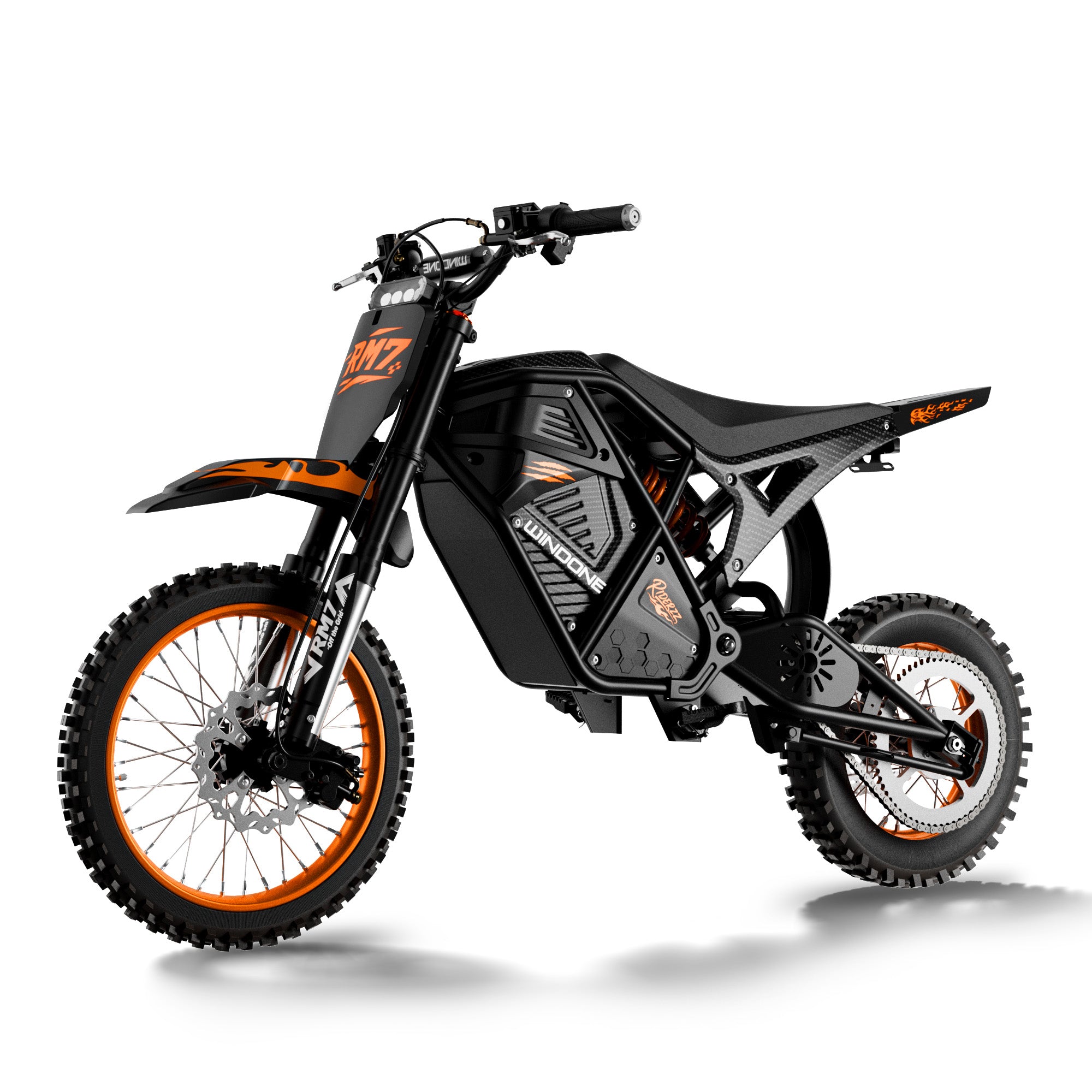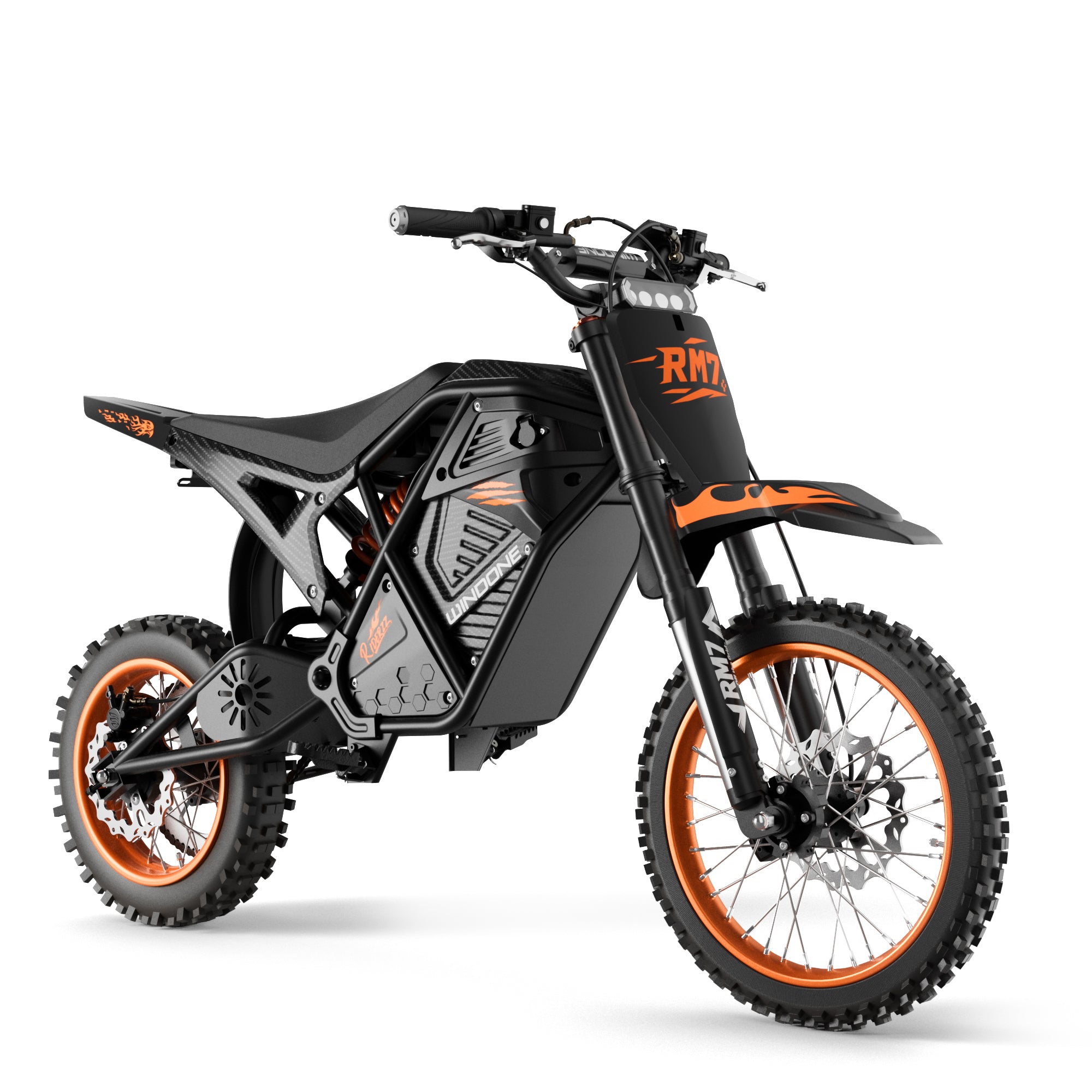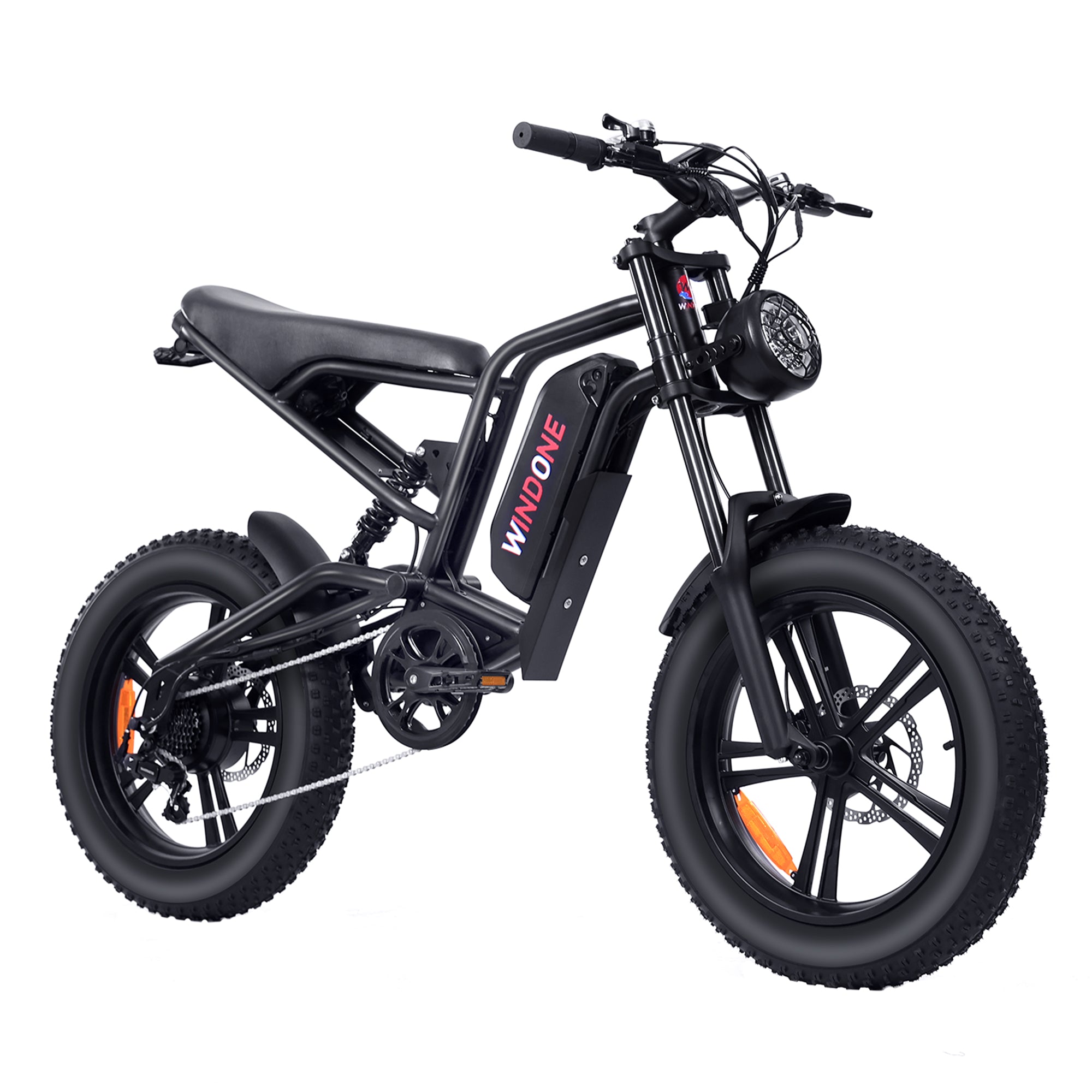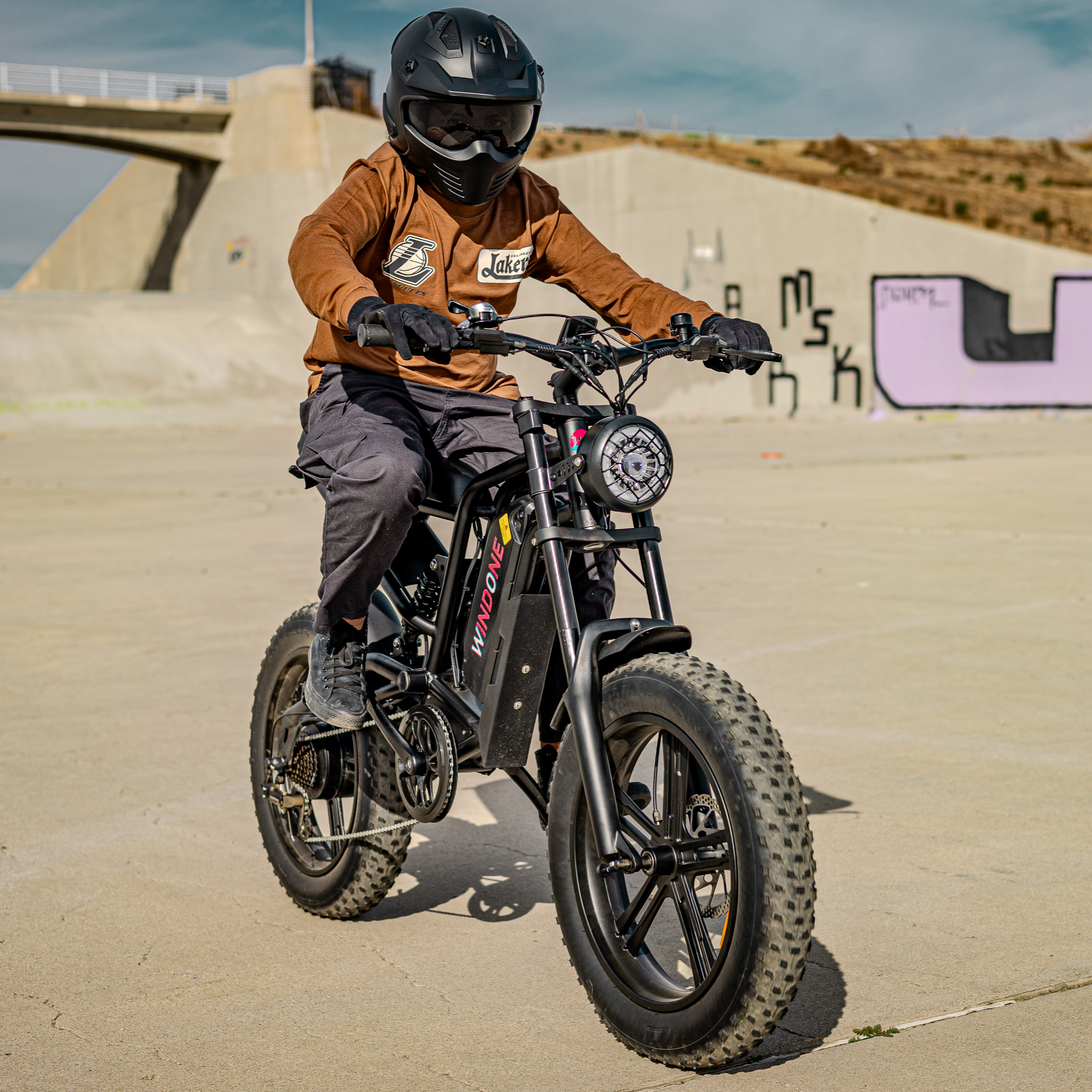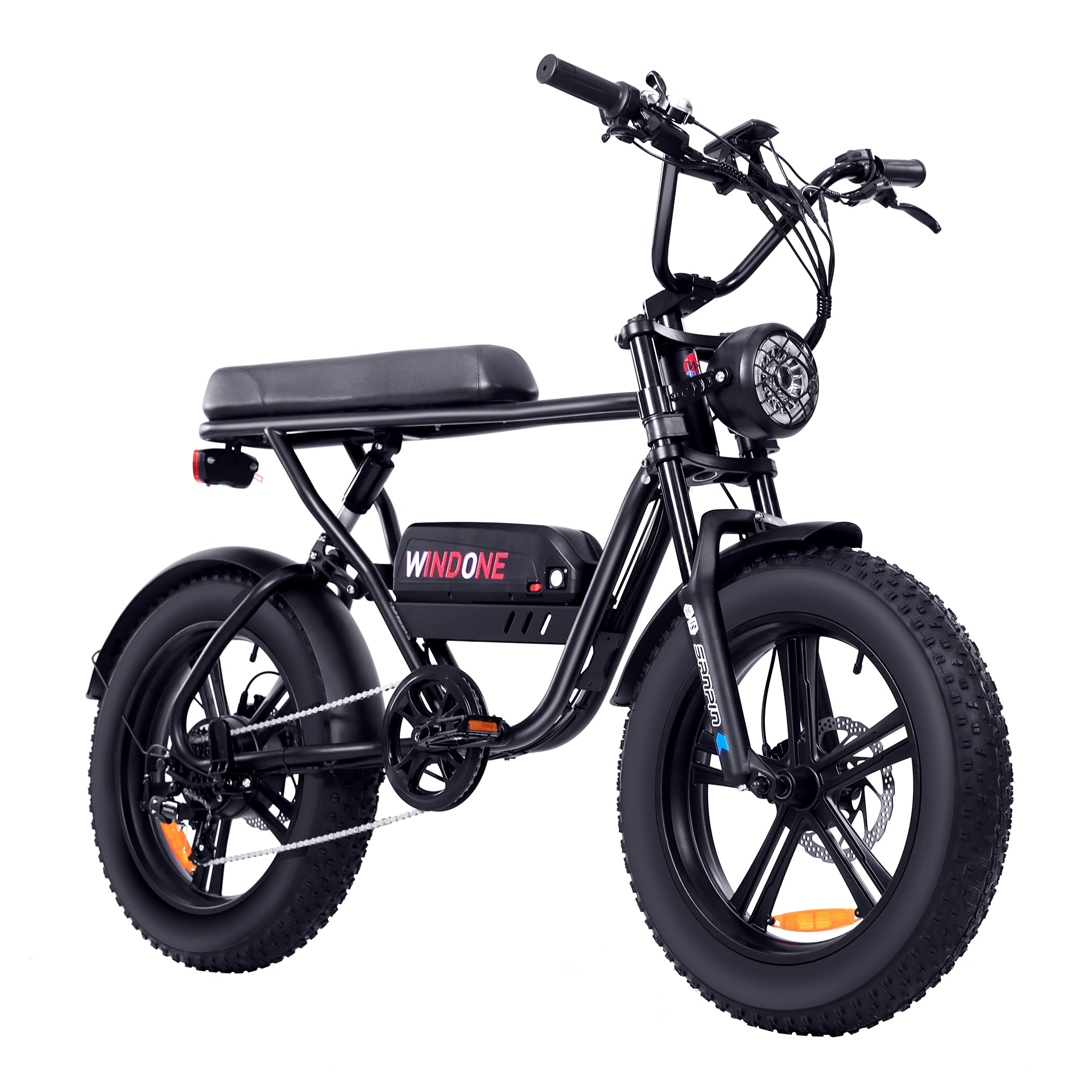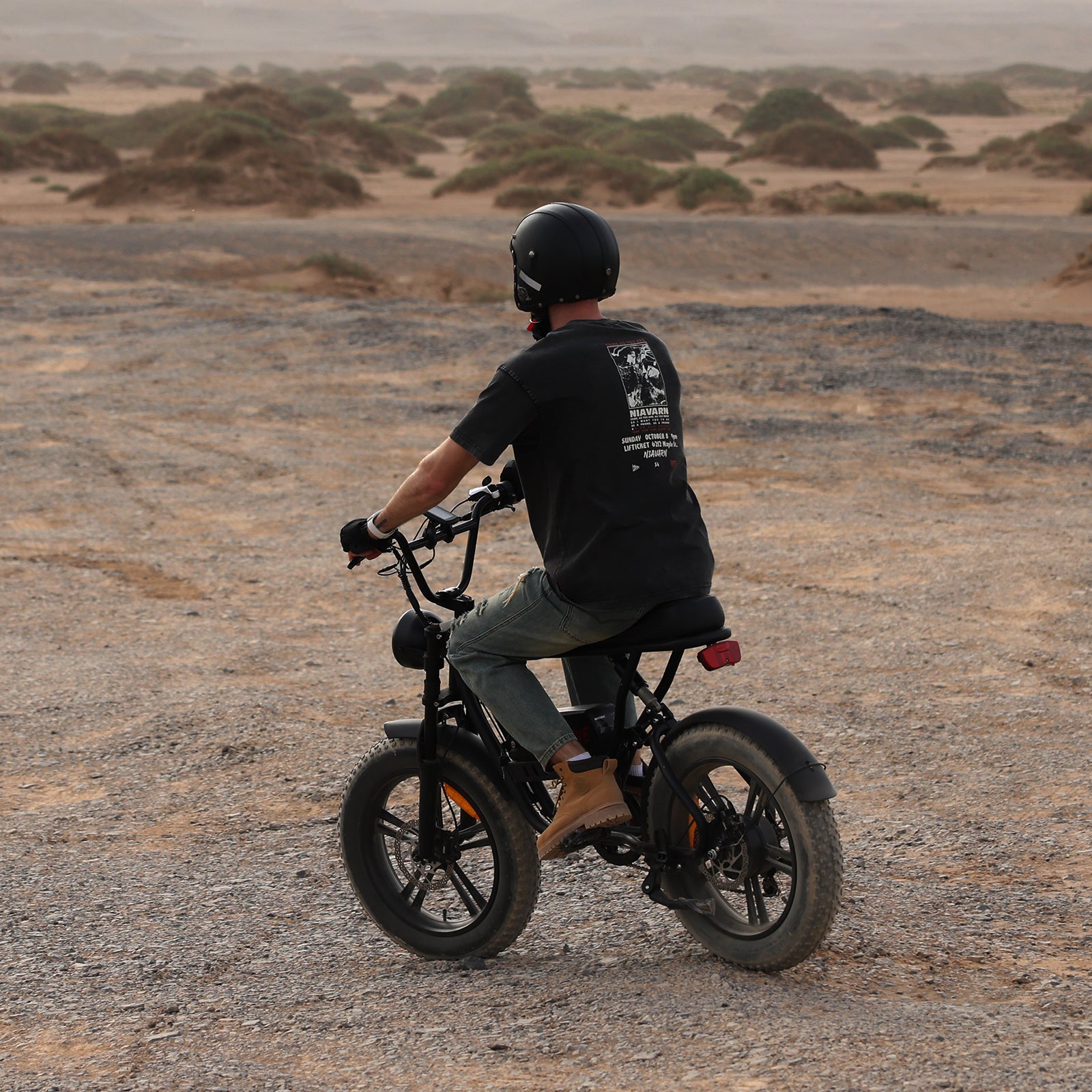When you look for a practical solution to flat tires, airless bike tires offer a strong option. Many riders enjoy benefits such as never getting flats, not needing to pump tires, and having less maintenance. You can ride over glass or sharp debris without worry. However, you may notice a stiffer ride and higher rolling resistance—some users report up to 8% more than regular tires. The cost is also usually higher, and installation can be tough. Commuters and casual riders who want reliability and hate flats might find airless bike tires fit their needs. Think about your own riding habits before making a choice.
What Are Airless Bike Tires?
Airless bike tires offer a new way to ride without worrying about flats or air pressure. You do not need to pump them up or check for leaks. These tires use advanced materials and smart designs to give you a reliable and low-maintenance option for your bike.
How They Work
You will notice that airless bike tires look different from regular tires. Traditional pneumatic tires use air to create a cushion between your bike and the road. Airless bike tires replace this air with a special support structure. Some use a honeycomb or spoke-like pattern inside the tire. Others use a flexible lattice made from materials like E-TPU foam or even Nitinol, a metal that bends and returns to shape. This design gives you shock absorption and durability. You never have to worry about getting a flat tire. However, you cannot adjust the firmness of the ride like you can with air-filled tires. The structure stays the same, so the ride quality does not change for different loads or surfaces.
Tip: Airless bike tires are heavier than regular tires, but you do not need to carry repair kits or spare tubes.
Types and Materials
Modern airless tire technology uses advanced polymers and smart designs to mimic the feel of air-filled tires. Here are some common types and materials:
-
Honeycomb or cellular structures made from tough polymers
-
Foam-based cores that provide cushioning and resist punctures
-
Spoke-like internal webs that flex and absorb bumps
These materials make airless bike tires strong, weather-resistant, and long-lasting. They are not the same as old solid tires, which felt hard and uncomfortable. Today’s options focus on comfort and safety. Leading brands like Bridgestone, Michelin, and Tannus use these new materials to push the limits of what airless bike tires can do.
|
Brand |
Type/Technology |
Key Features |
|---|---|---|
|
Bridgestone |
Air-Free Concept (spoke) |
No air, high shock absorption |
|
Michelin |
Uptis (puncture-proof system) |
Durable, sustainable |
|
Tannus |
Polymer foam |
Lightweight, flat-free |
You can find airless bike tires for many types of bikes, from city commuters to e-bikes. The main goal is to give you a ride that is safe, easy to maintain, and free from flats.
Are They a Good Alternative?
Everyday Use
If you ride your bike every day, you want something that saves you time and trouble. Airless bike tires can make your daily trips easier. You do not have to worry about flats or checking tire pressure. This is a big advantage for a cycling commuter who rides through city streets filled with glass or sharp objects. Many users say these tires give them peace of mind because the risk of punctures is almost zero. You can ride over rough paths or debris without stopping to fix a flat.
-
Airless bike tires remove the need for pumps and patch kits.
-
Their solid design means you spend less time on repairs and more time riding.
-
You get steady performance and better stability, which helps on busy roads.
-
These tires last longer, so you do not need to replace them as often.
You might notice that airless tires weigh more than regular ones. They also cost more at first. However, you save money over time because you do not buy new tubes or pay for repairs. If you use a commuter bike for work or school, these tires can help you avoid delays and keep your schedule.
Note: Some airless tires may have rare issues like debris getting stuck or small defects from the factory, but most riders find these problems minor compared to the benefits.
Reliability
You want your bikes to work every time you ride. Airless bike tires offer strong reliability, especially for city and urban use. Riders who use these tires report no flats, even after thousands of miles. One cyclist rode 6,000 miles in a year with no flats or speed loss. Another used airless tires for 12 months on roads with lots of debris and never had to stop for repairs.
-
These tires are guaranteed for up to 5,000 miles, showing their durability.
-
You only need to install them once, and then you can forget about regular maintenance.
-
They work best on smooth roads and in cities, where flats are common.
You may feel a firmer ride compared to air-filled tires, but the trade-off is fewer problems and more time on your bike. If you value durability and want to avoid the hassle of flats, airless bike tires are a smart choice for most bikes.
Airless Bike Tires: Pros and Cons
Puncture-Proof and Maintenance-Free
You never have to worry about punctures with airless bike tires. Their puncture-proof nature comes from solid or semi-solid construction, which means sharp objects cannot cause flats. You can ride over glass, nails, or thorns without stopping to fix a tire. This design removes the need for pumps, patch kits, or spare tubes. You save time and avoid the stress of unexpected repairs.
Airless tires use advanced materials like tough polymers and flexible lattice structures. These materials distribute your weight evenly and resist damage. Real-world tests show that airless tires keep working in all kinds of weather and road conditions. You do not need to check air pressure or fix leaks. Many riders find that these tires last much longer than regular ones, sometimes up to three times as long.
If you want a bike that is always ready to ride, airless tires give you peace of mind. You can focus on your journey, not on avoiding punctures.
Comfort and Ride Quality
You may notice a difference in comfort when you switch to airless bike tires. Regular pneumatic tires use air to absorb bumps and give a smooth ride. Airless tires feel firmer because they do not have air inside. Some brands, like Tannus and Amerityre, try to make their tires softer by using foam or special designs. However, most riders say that airless tires still feel stiffer, especially on rough roads.
You cannot adjust the firmness of airless tires like you can with air-filled ones. This means you get the same ride quality every time, no matter your weight or the surface. Some new airless tire prototypes, such as the SMART METL, aim to improve comfort, but these are not widely available yet. If you ride mostly on smooth city streets, you may not mind the firmer feel. On bumpy paths, you might notice more vibration and less shock absorption.
Note: Airless tires do not grip as well as pneumatic tires, especially in wet or slippery conditions. This can affect your control and braking distance.
Weight and Rolling Resistance
Airless bike tires are heavier than regular tires. The solid materials that stop punctures also add weight. This extra weight can make your bike harder to pedal, especially when you start moving or go uphill. If you use an e-bike, you may notice that the battery does not last as long because the motor works harder.
Rolling resistance is another important factor. This is the force that slows your bike as the tires roll on the ground. Airless tires have higher rolling resistance than pneumatic tires. You need to use more energy to keep moving, especially on dirt or rough surfaces. The table below shows how rolling resistance compares:
|
Surface |
Rolling Resistance Coefficient (Pneumatic) |
Rolling Resistance Coefficient (Non-Pneumatic) |
|---|---|---|
|
Dirt |
0.0137 - 0.0143 |
0.0229 - 0.0235 |
You can see that airless tires make your ride a bit slower and require more effort. This trade-off comes with the benefit of never worrying about punctures, but it may not suit everyone.
Cost and Value
You pay more upfront for airless bike tires. For example, a regular pneumatic tire might cost about $30, while an airless tire like the XJD costs around $60. However, airless tires last much longer—up to 3,000 miles compared to 1,000 miles for regular tires. You also save money on maintenance because you do not need to buy new tubes or pay for repairs.
|
Tire Type |
Upfront Cost |
Lifespan (Miles) |
Annual Maintenance Cost |
|---|---|---|---|
|
Traditional Pneumatic |
$30 |
1,000 |
$50 |
|
XJD Airless |
$60 |
3,000 |
$0 |
Over time, airless tires can save you money, especially if you ride often or in places with lots of debris. You get fewer surprises and lower long-term costs. However, you must decide if the higher initial price and firmer ride are worth it for your needs.
Tip: If you value zero maintenance and never want to deal with punctures, the long-term value of airless tires can outweigh the higher starting cost.
Installation and Compatibility
Installation Steps
When you install airless bike tires, you may find the process different from regular tires. These tires do not stretch as much, so you need to fit them exactly to your rim size. If the tire is too tight, you cannot get it on. If it is too loose, it will not stay in place. This "Goldilocks zone" makes installation tricky. You may need special tools to help seat the tire. Some brands offer installation levers or guides. Take your time and check the fit before riding. If you rush, you might damage the tire or rim.
Tip: Ask a bike shop for help if you feel unsure. Proper installation keeps you safe and helps the tire last longer.
Bike Types
Airless bike tires work best on standard bikes used for commuting or casual rides. You get the most benefit if you want low maintenance and do not mind a firmer ride. These tires suit students, city riders, and anyone who wants to avoid flats. However, not all bikes are a good match. Heavier bikes, such as electric bikes or fat-tire bikes, may not work well with airless tires. Some users report that these tires can cause a harsh ride or even damage the spokes on heavier bikes. High-performance bikes also may not get the best results because of the extra weight and rolling resistance.
|
Bike Type |
Compatibility with Airless Tires |
|---|---|
|
Commuter/City |
Good |
|
Student/Leisure |
Good |
|
Electric (E-bike) |
Limited |
|
Fat-tire |
Limited |
|
Racing/Performance |
Not recommended |
Airless E-Bike Tires
When you use airless e-bike tires, you need to consider a few extra things. These tires must bond tightly to the rim because there is no air pressure to hold them in place. E-bikes are heavier and move faster, so the risk of the tire slipping off the rim increases. You may need a wider rim bead to keep the tire secure. Installing airless e-bike tires by hand is hard and often requires special tools. You might also notice that the tire feels less stable in sharp turns. Rolling resistance is higher, but the motor on your e-bike can help offset this. Still, you should check the fit and stability before every ride.
-
Make sure the tire bonds well to the rim.
-
Use a wider rim if possible.
-
Expect a firmer ride and higher rolling resistance.
-
Check for stability, especially when cornering.
Note: Airless e-bike tires offer flat-free riding, but you must pay attention to safety and fit due to the unique demands of e-bikes.
Durability and Lifespan
Longevity
When you choose airless bike tires, you want to know how long they will last. Many manufacturers claim that high-quality airless tires can reach 10,000 miles or more. Some models, like the Schwalbe Marathon Plus, even promise up to 15,000 miles. These numbers come from both company tests and real-world riders. You can see how different models compare in the table below:
|
Tire Model |
Type |
Claimed Lifespan (miles) |
Key Durability Features |
|---|---|---|---|
|
Continental Grand Prix 5000 AS TR |
Clincher & Tubeless |
10,000–12,500+ |
Black Chili compound, Vectran Breaker belt, deep tread |
|
Schwalbe Marathon Plus |
Clincher (wired) |
10,000–15,000 |
5 mm SmartGuard belt, ultra-tough rubber compound |
|
Pirelli Cinturato Velo TLR |
Tubeless-Ready |
10,000+ |
4.3 mm tread depth, reinforced casing, tubeless core |
|
Continental GP5000 (Standard) |
Clincher & Tubeless |
7,000–10,000 |
Black Chili tread, fast-rolling, good lifespan |
You can expect most airless tires to last much longer than regular tires. This long lifespan means you spend less time and money replacing tires. You also get more consistent performance over the years.
Factors Affecting Wear
Several things can change how long your airless bike tires last. The material used in the tire, such as Aither foam-like polymer, plays a big role in durability. If you ride often on rough roads or carry heavy loads, your tires may wear out faster. The way you install the tire also matters. A tight fit helps the tire last longer, but a poor installation can shorten its life.
Here are some key factors that affect wear:
-
Difficulty of installation and fit on the rim
-
Ride quality and how much shock the tire absorbs
-
Rolling friction, which can increase wear over time
-
How often you ride versus how long the bike sits unused
-
Compression and thinning of liners during long periods of inactivity
If you ride every day, your tires will wear differently than if your bike sits for weeks. Liners inside some airless tires can become thin if you do not use the bike often. You do not have to worry about flats, but you should still check your tires for signs of wear. Paying attention to these factors helps you get the best durability from your airless bike tires.
Common Concerns
Noise and Vibration
When you ride with airless bike tires, you might notice more noise and vibration than with regular tires. The solid or semi-solid structure of airless tires does not absorb bumps as well as air-filled ones. This can make your ride feel rougher, especially on uneven roads. Some riders say that airless tires create a humming sound, which comes from the tire’s harder material and the way it contacts the ground. You may also feel more vibration through the handlebars and seat.
Heat buildup can happen during long rides or on hot days. Airless tires do not have air to help cool them down, so the material can get warm. This usually does not cause problems for short rides, but it is something to keep in mind if you ride far or fast.
Tip: If you want a smoother and quieter ride, look for airless tires with foam or honeycomb designs. These can help reduce noise and vibration.
Many people think airless tires are just like old solid rubber tires or foam tube replacements. This is not true. Modern airless tires use advanced materials and designs to improve comfort and grip. New technologies, like the METL™ tire, use special metals and rubber-like coatings to give you better traction and a softer ride.
Environmental Impact
You might wonder if airless bike tires are better for the environment. Traditional bike tires now use more recycled and plant-based materials, which helps lower their carbon footprint. Companies like Continental use up to 65% recycled or renewable materials in some tires. Other brands use dandelion rubber and recycled plastics to make tires greener.
Airless tires last longer and can reduce waste because you do not need to replace them as often. Some, like the METL™ tire, use strong metals that could cut down on the 25 million tonnes of tire waste each year. However, making these metal parts uses energy and resources, which can offset some benefits. The rubber-like coatings on metal tires also raise questions about their impact when thrown away.
Recycling airless tires is still a challenge. Their mix of rubber, metal, and other materials makes them harder to recycle than regular tires. Some companies, like Tannus America, collect old airless tires and turn them into useful products, such as mats or road materials. Local recycling programs are growing, but they are not yet common everywhere.
Note: Airless tires offer durability and less waste, but their full environmental impact is still being studied. Recycling options are improving, but you may need to check with local bike shops for the best way to dispose of old tires.
Choosing Airless Tires
Matching to Riding Style
You want your bike to match your riding style. Airless tires come in many shapes and sizes. Each type works best for a certain kind of ride. Look at the table below to see how tire width, tread, and wheel size fit different uses:
|
Riding Style |
Tire Width Range |
Tread Pattern |
Wheel Size Options |
|---|---|---|---|
|
Road Bike |
Narrow (18c-38c) |
Slick (smooth) |
700c |
|
Urban/Commuter |
Various |
Semi-slick |
Various |
|
Gravel/Cyclocross |
Medium (32c-40c) |
Small knobs |
700c, 27.5" |
|
Mountain Bike |
Wide (2.0"-3"+) |
Very knobby |
26", 27.5", 29" |
If you ride on smooth roads, choose a narrow, slick tire for speed. For city streets, a semi-slick tire gives you grip and comfort. Gravel and cyclocross riders need medium-width tires with small knobs for mixed surfaces. Mountain bikers should pick wide tires with deep tread for better control on rough trails.
Tip: Always check your bike’s wheel size before buying new tires. Not all airless tires fit every rim.
Key Features
When you pick airless tires, focus on features that match your needs. Here are some things to look for:
-
Material: Tough polymers and foam cores last longer and resist punctures. Some compounds grip better but may wear faster.
-
Weight: Lighter tires make pedaling easier. Heavier tires give more protection but can slow you down.
-
Compatibility: Make sure the tire fits your rim and bike type. Some airless tires work only with certain wheel sizes.
-
Tread Pattern: Slick treads roll fast on pavement. Knobby treads grip dirt and gravel.
-
Sidewall Protection: Extra layers help on rocky or rough ground, but add weight.
-
Warranty: A good warranty gives peace of mind. Some brands offer coverage for thousands of miles.
You should balance comfort, grip, and durability. Commuters often want low maintenance and flat protection. Off-road riders need grip and strong sidewalls. Touring cyclists may prefer wider tires for comfort on long rides. Always match the tire to your main riding style for the best experience.
Airless bike tires give you a flat-free ride and less maintenance. You might find them best if you want durability and do not mind a firmer feel. Many riders benefit, including:
-
Gravel riders and mountain bikers on rough trails
-
Cyclocross racers needing puncture protection
|
Pros |
Cons |
|---|---|
|
Firmer ride, heavier, higher cost |
Think about your riding style and needs. If you want to try airless tires, visit a local bike shop or check trusted brands online.
FAQ
Can you repair airless bike tires if they get damaged?
You cannot patch or repair most airless bike tires. If you see a big cut or damage, you need to replace the whole tire. Small surface marks usually do not affect performance.
Do airless bike tires work in all weather conditions?
You can use airless bike tires in rain, heat, or cold. Most models resist water and temperature changes. Some tires may lose grip on wet roads, so ride with care in slippery conditions.
How do you know when to replace airless bike tires?
You should check for deep cracks, worn tread, or loose fit on the rim. If the tire feels unsafe or shows big signs of wear, you need a new one. Most last several thousand miles.
Are airless bike tires safe for long-distance rides?
You can use airless tires for long rides. They do not go flat, so you avoid roadside repairs. Some riders feel more bumps on rough roads, but the tires stay reliable over many miles.
Can you install airless bike tires by yourself?
You can install airless bike tires at home, but the process takes effort. Some tires need special tools. If you feel unsure, ask a bike shop for help to make sure the tire fits well.









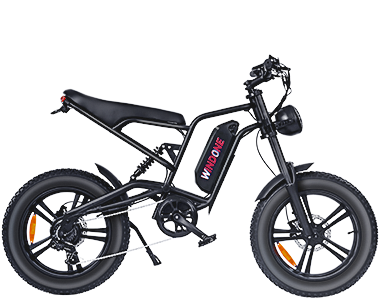
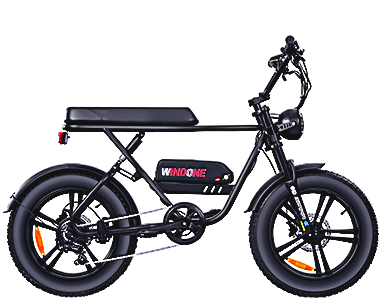
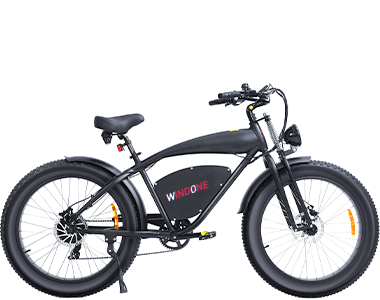
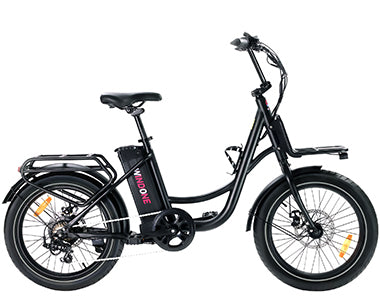
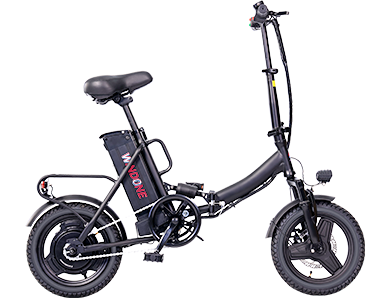
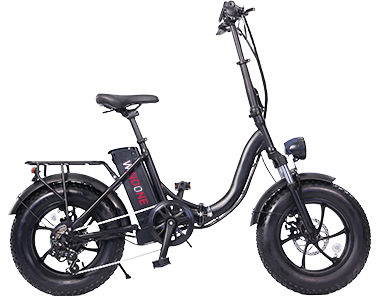


 Ebike Locks
Ebike Locks
 Phone Mount
Phone Mount
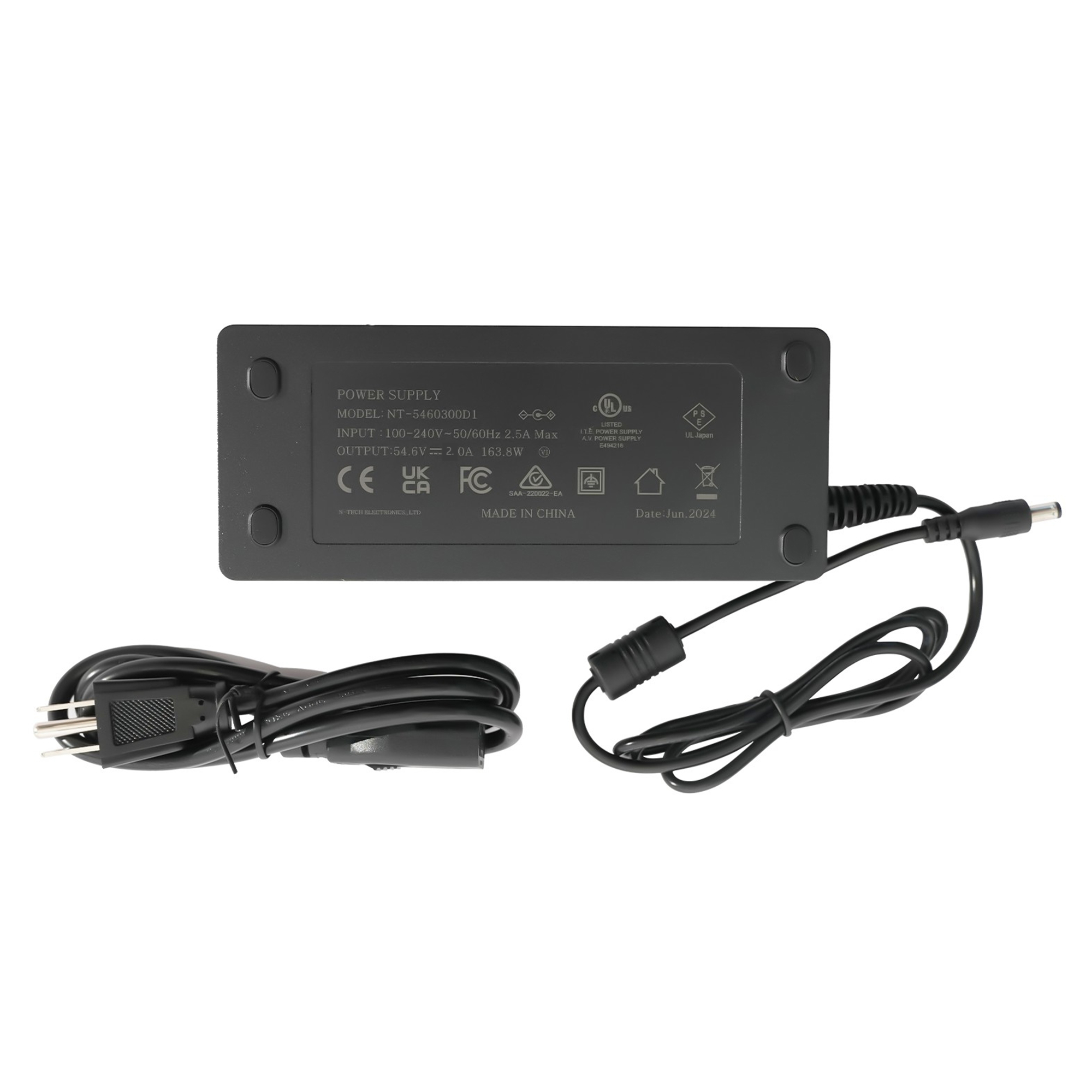
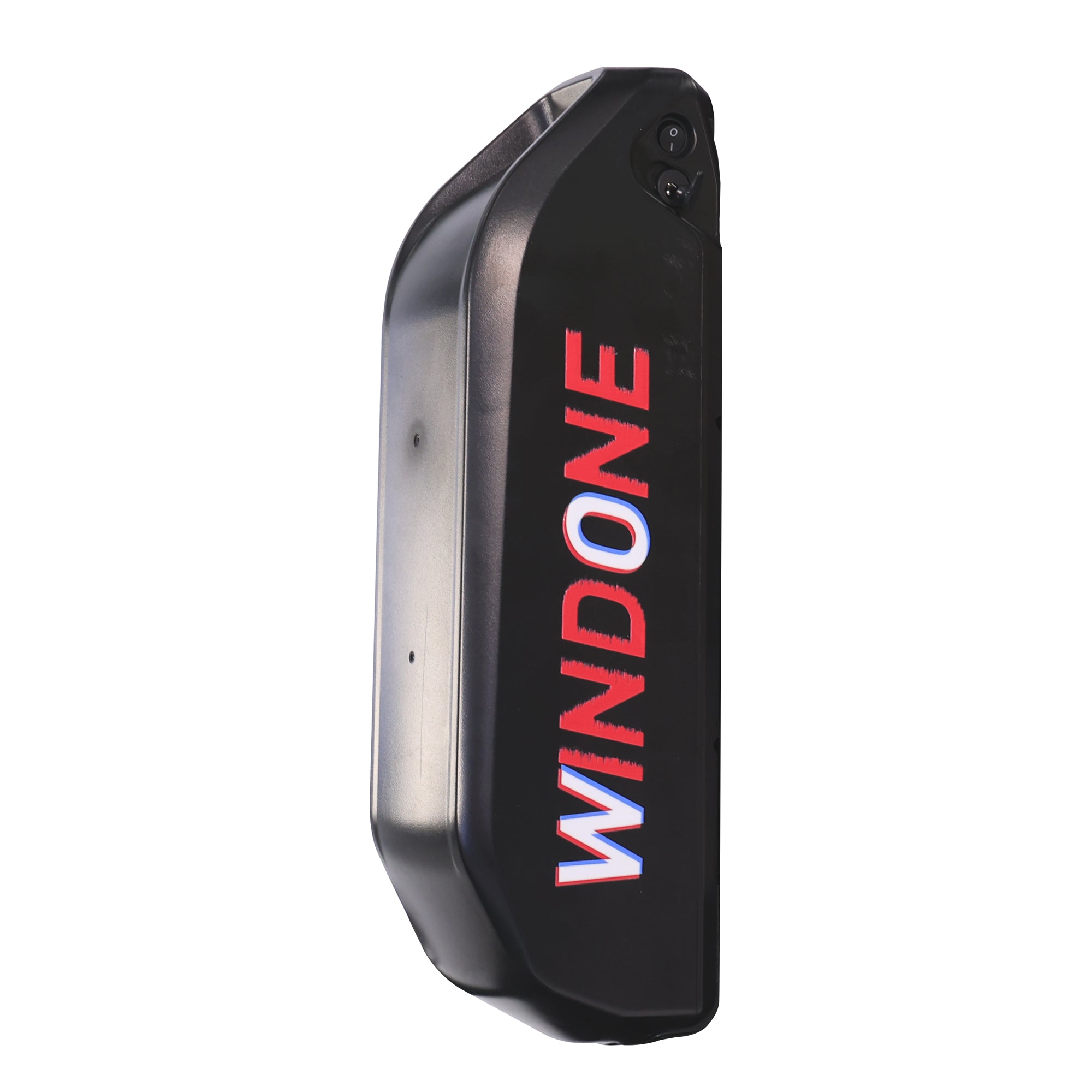
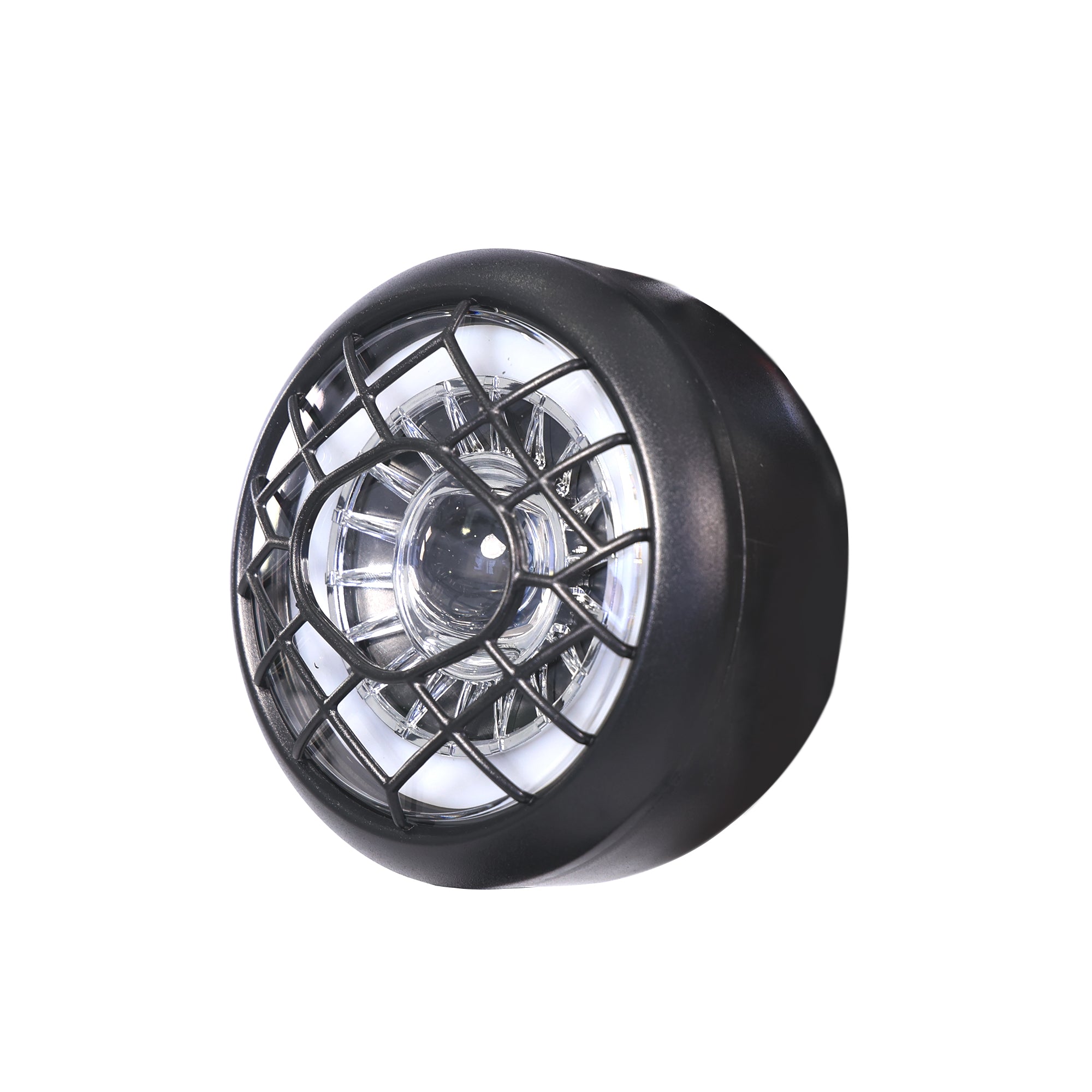
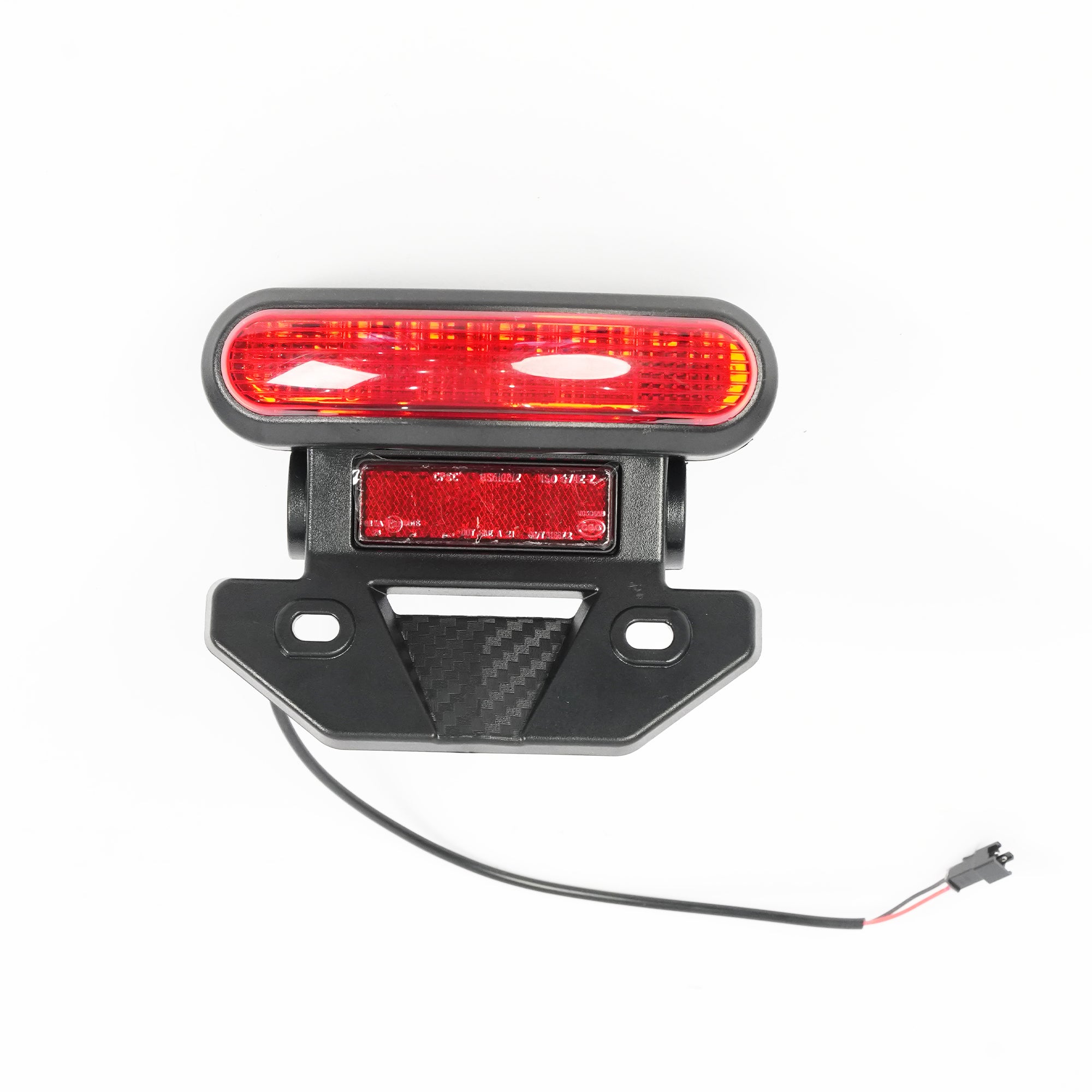
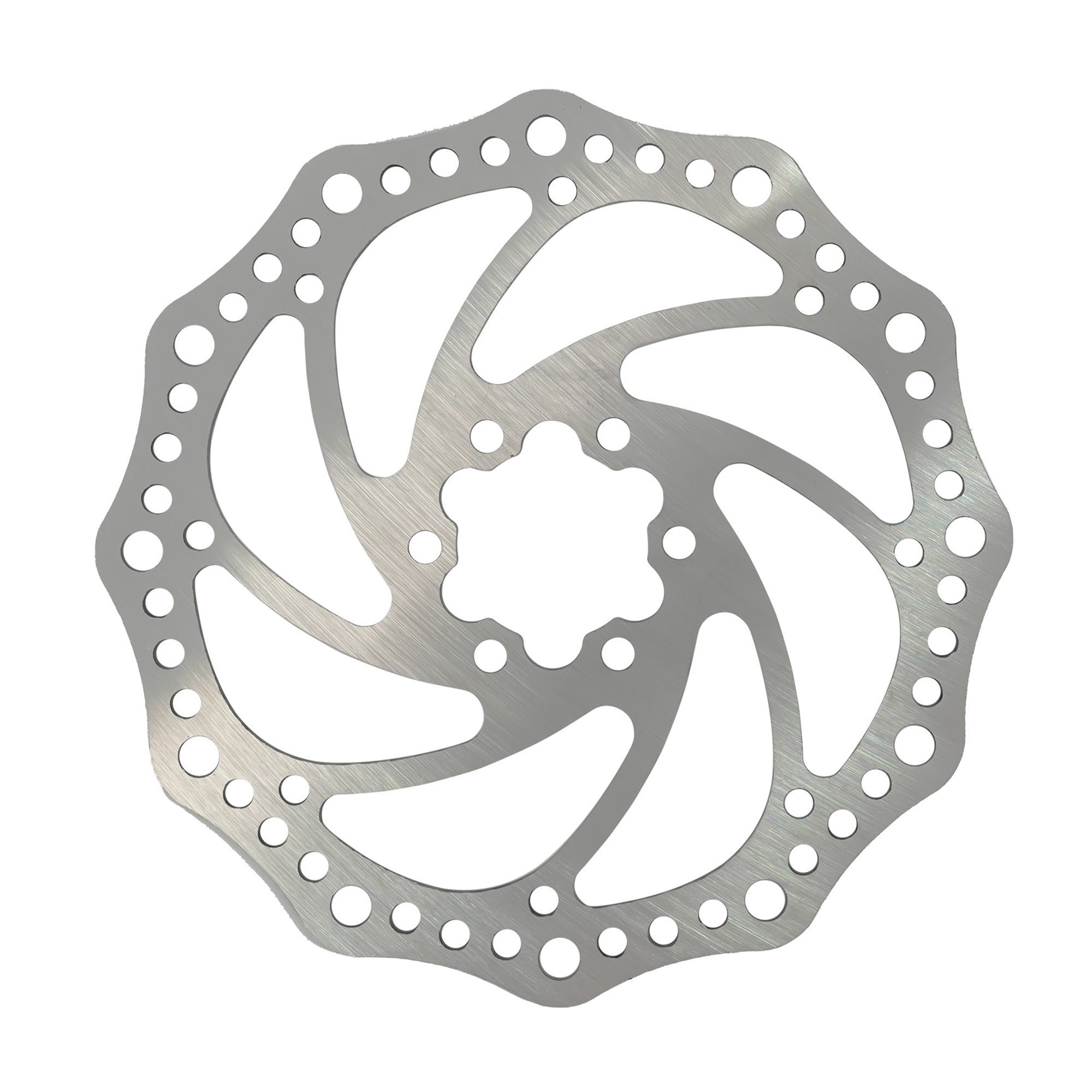
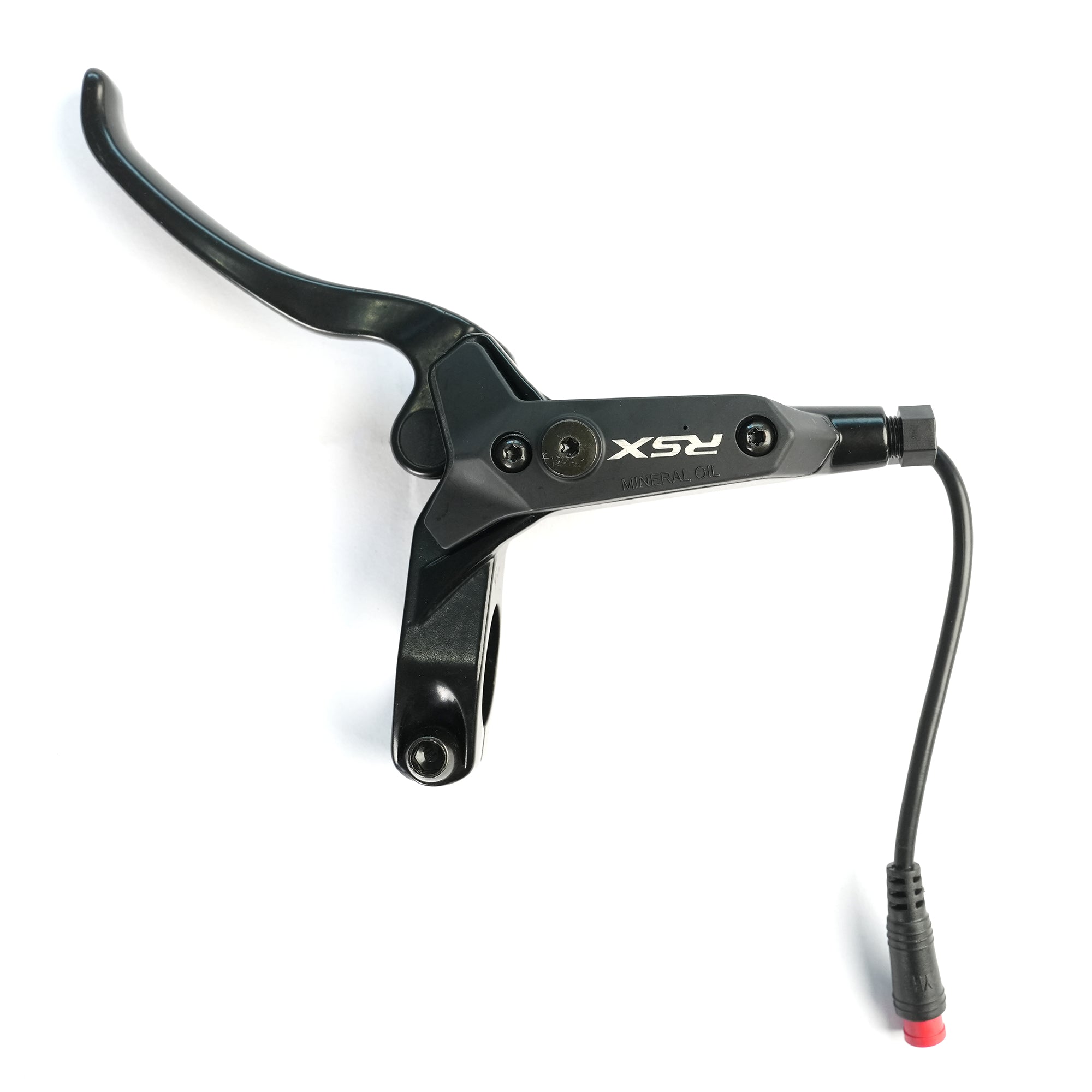
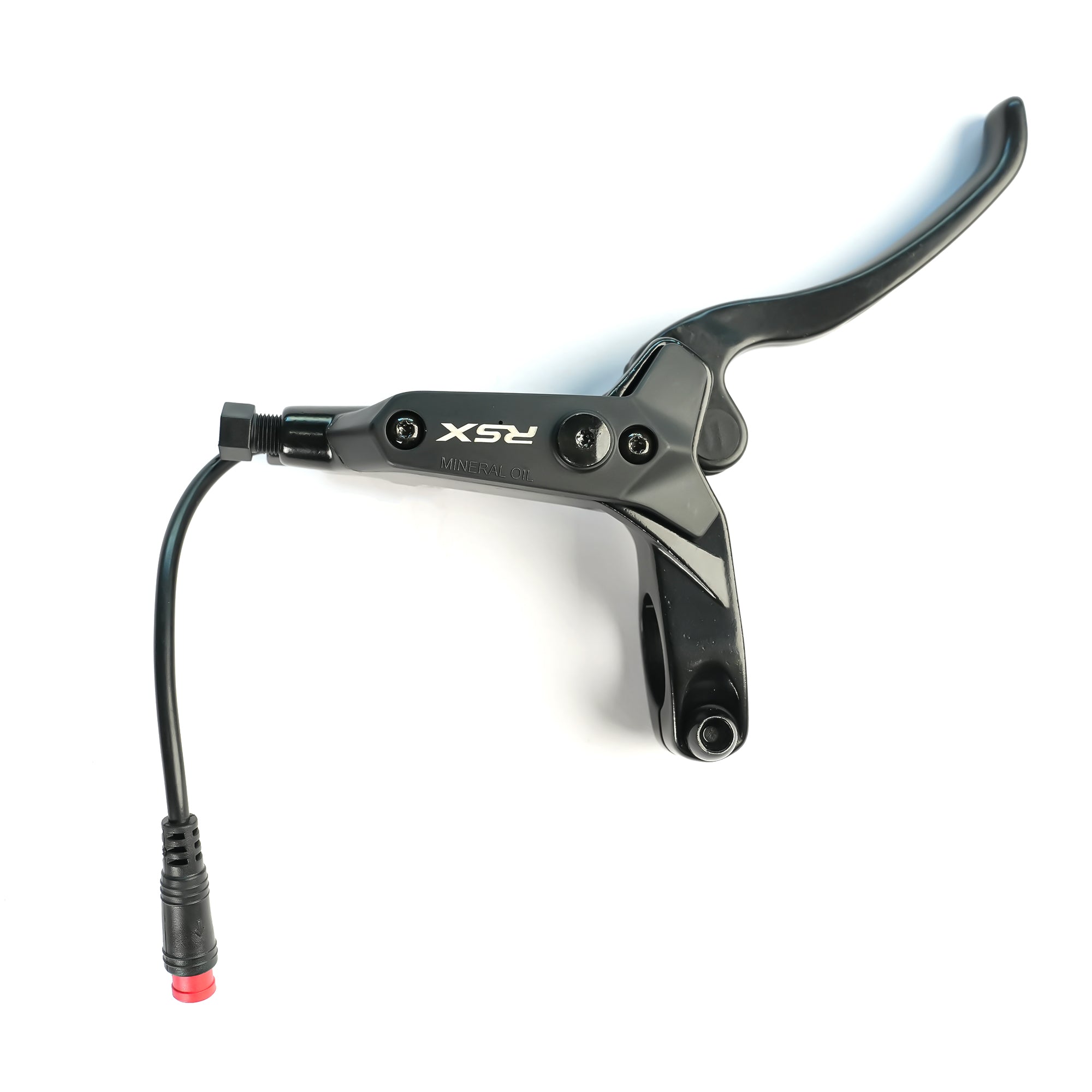
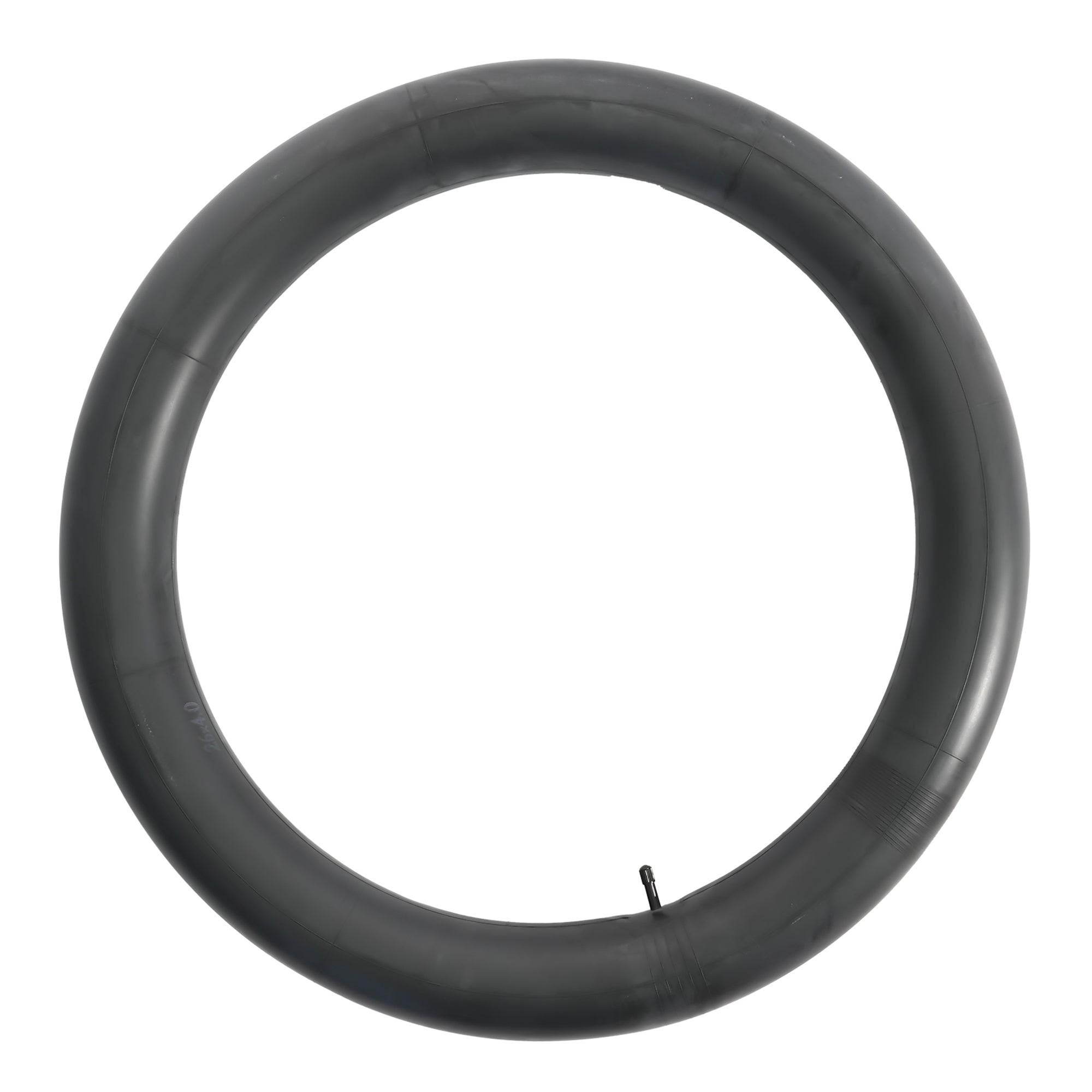
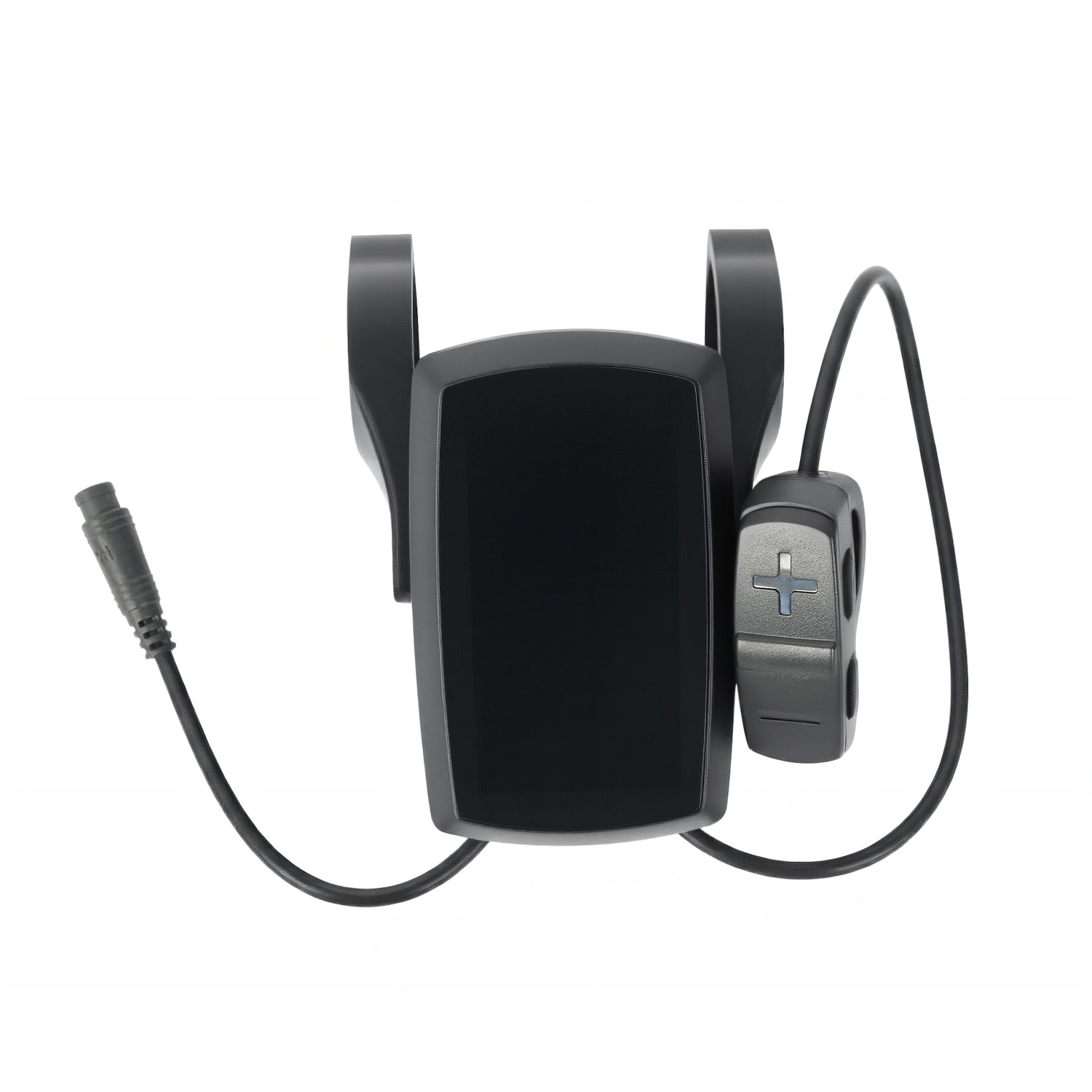
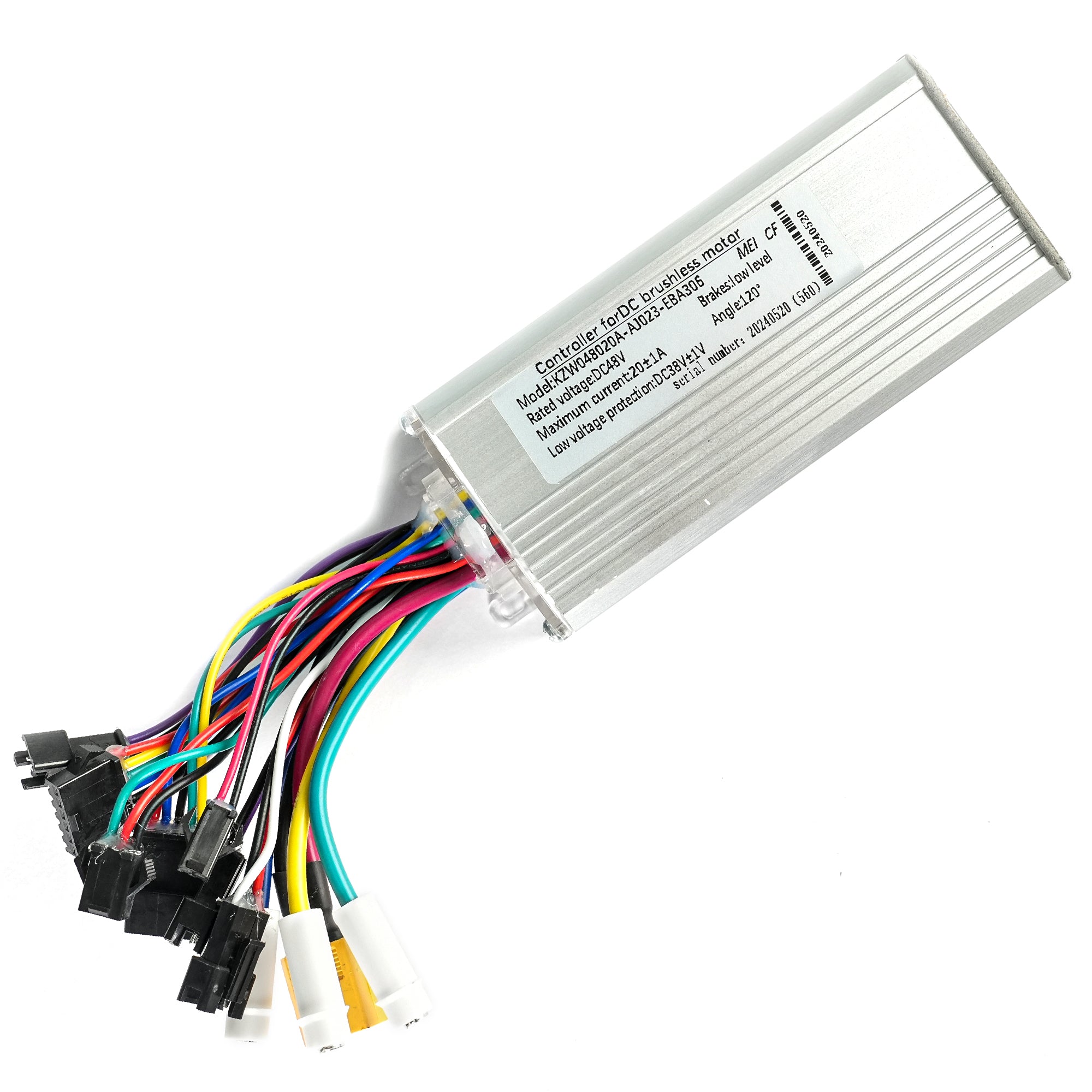
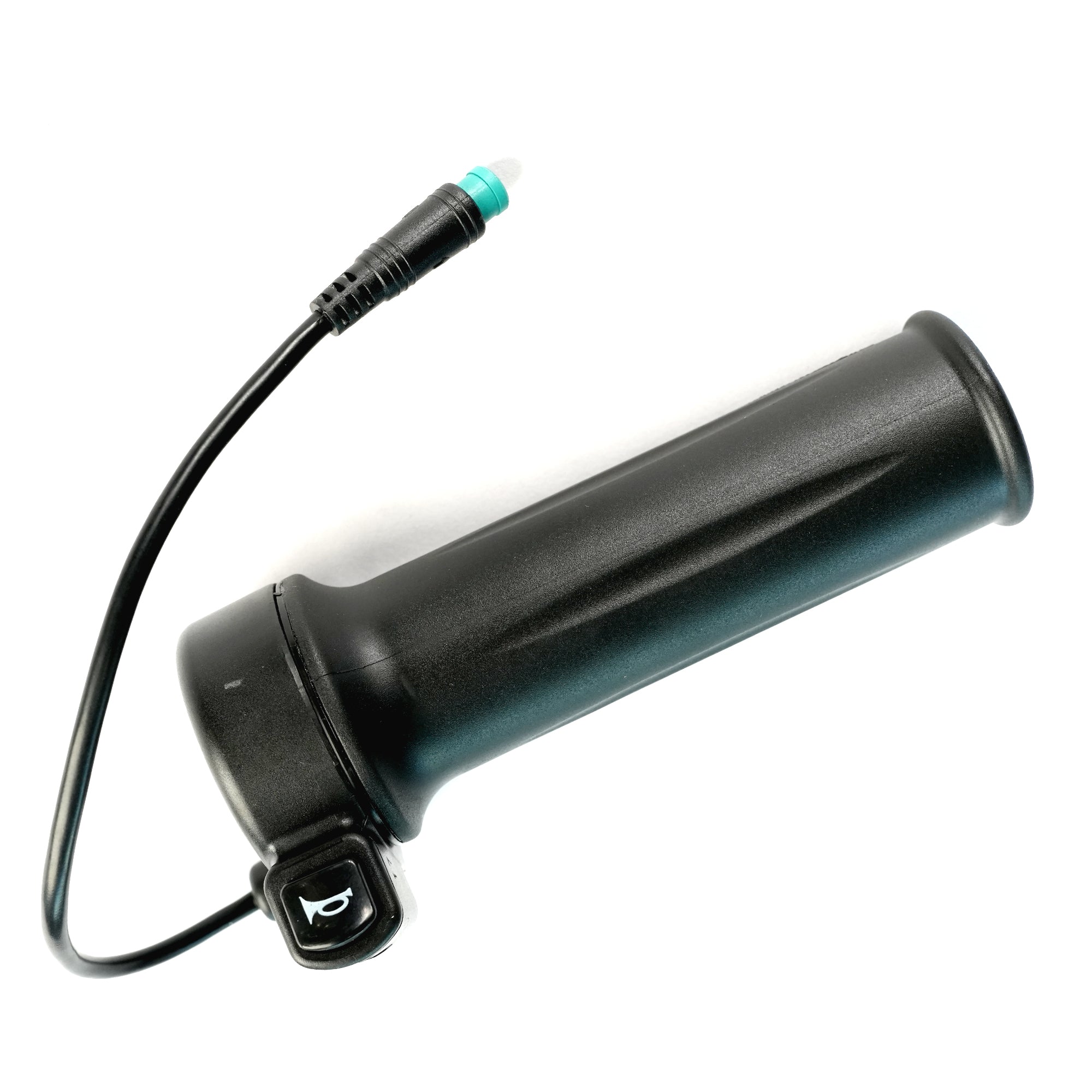
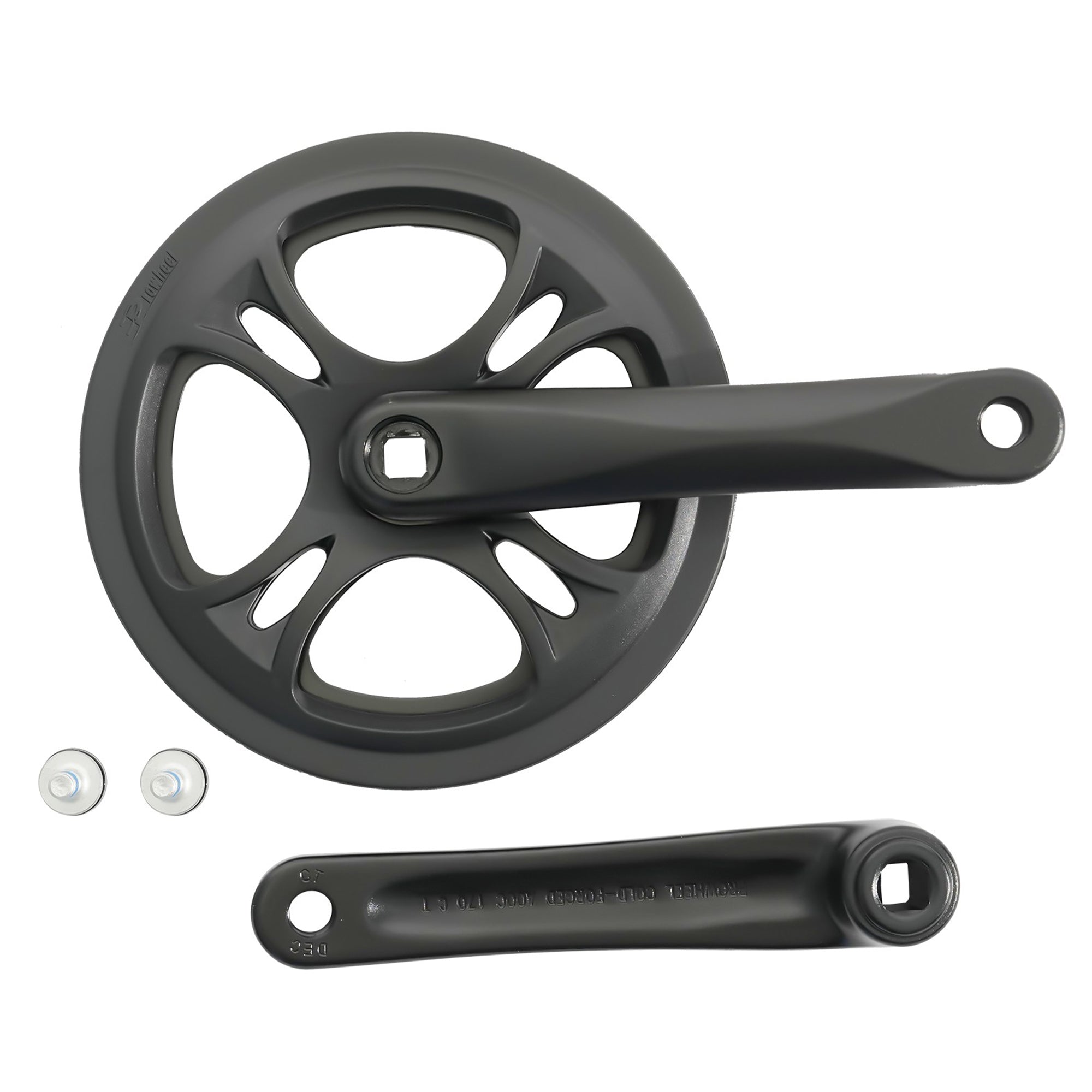
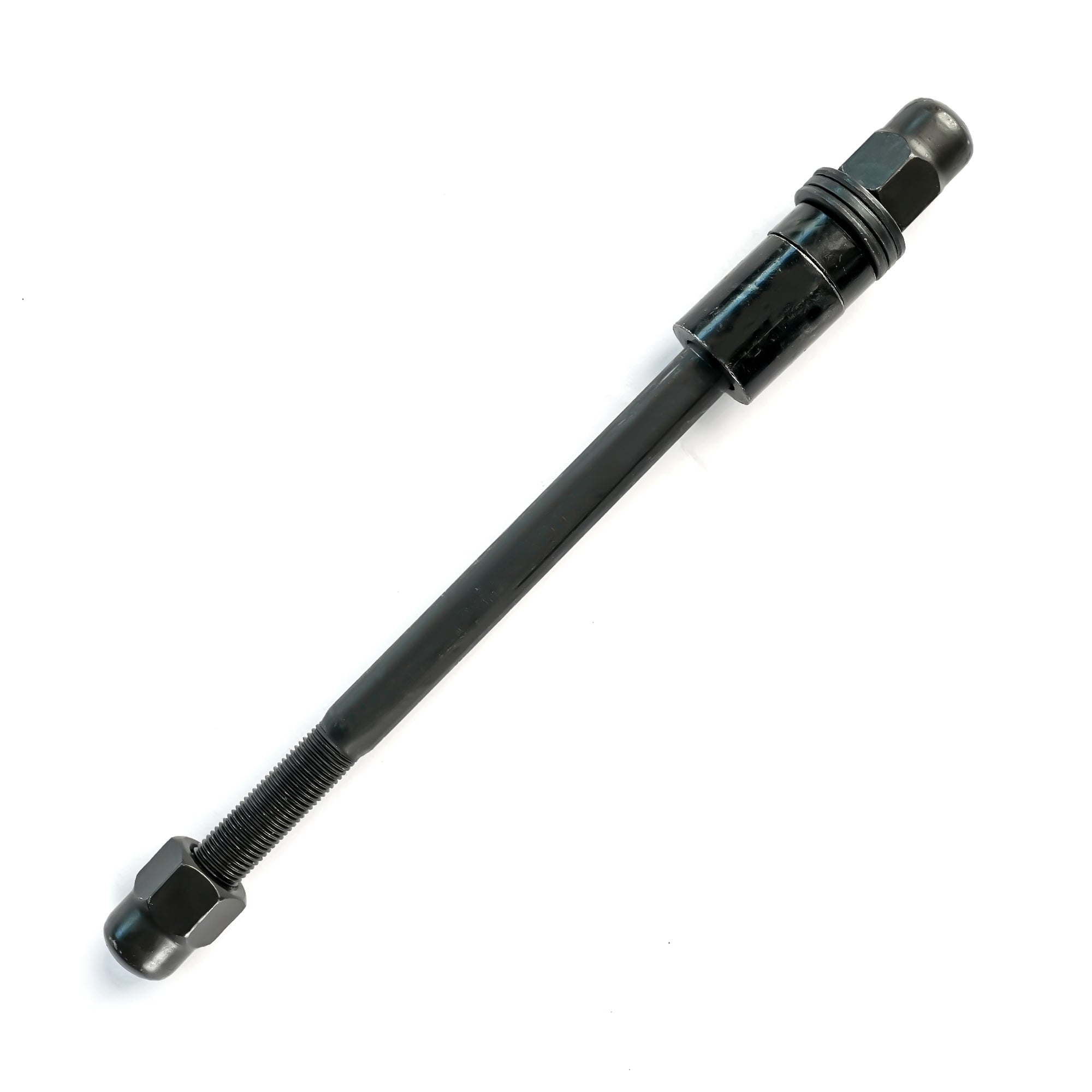
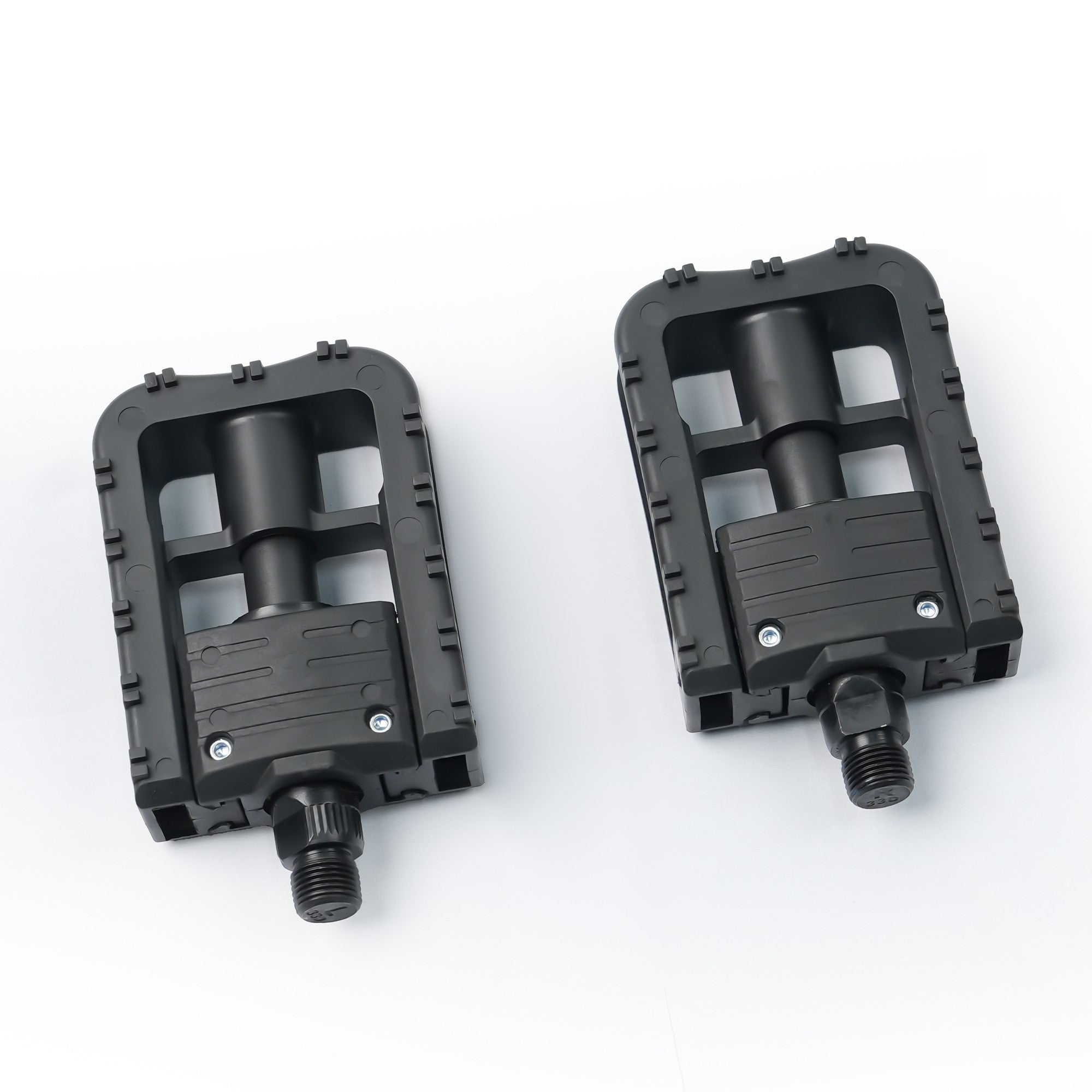
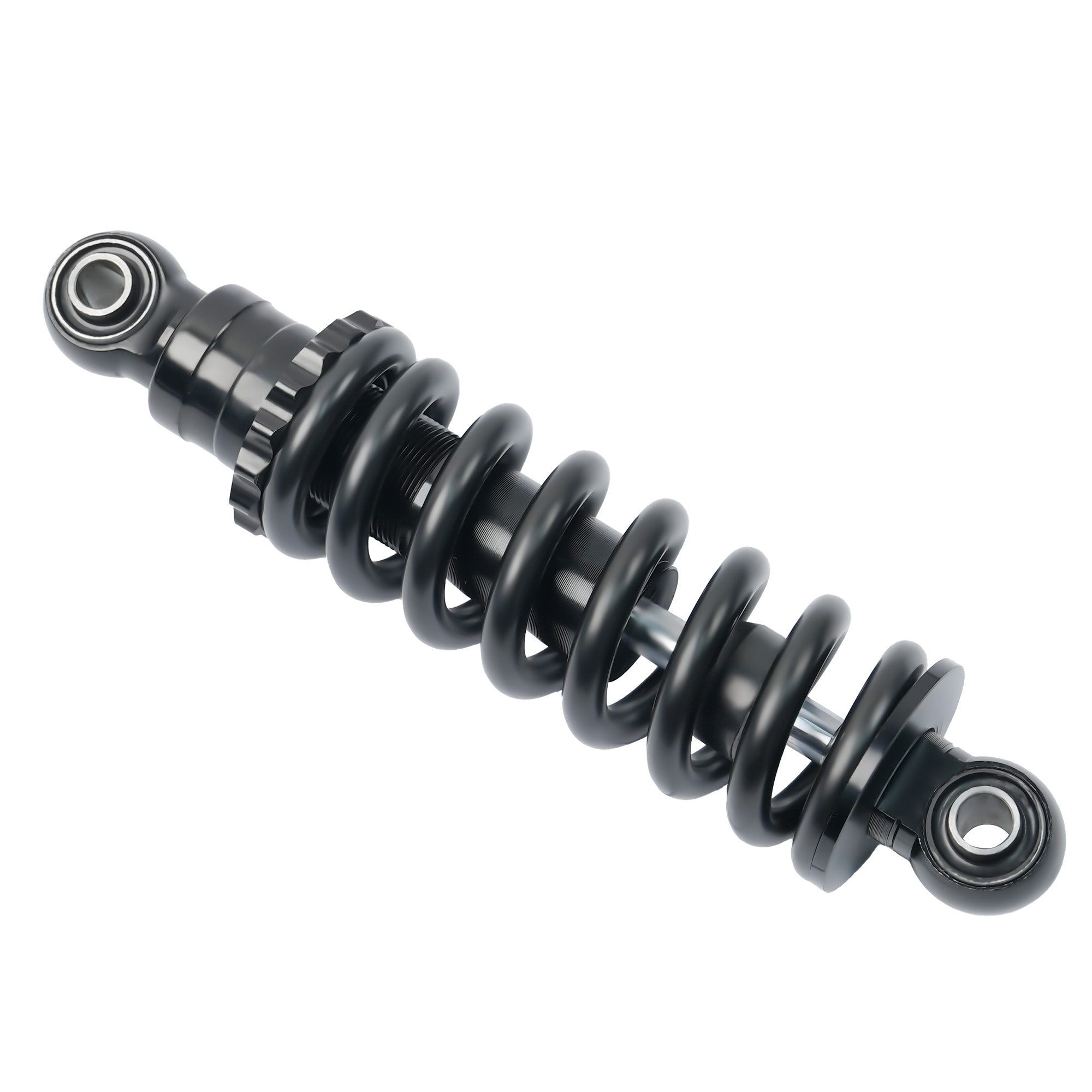
 Payment
Payment Afterpay Financing
Afterpay Financing Warranty
Warranty Shipping Policy
Shipping Policy Exclusive Discounts
Exclusive Discounts Track Your Order
Track Your Order Return & Refund
Return & Refund Referrals & Membership
Referrals & Membership User Manual
User Manual Contact Us
Contact Us FAQs
FAQs

